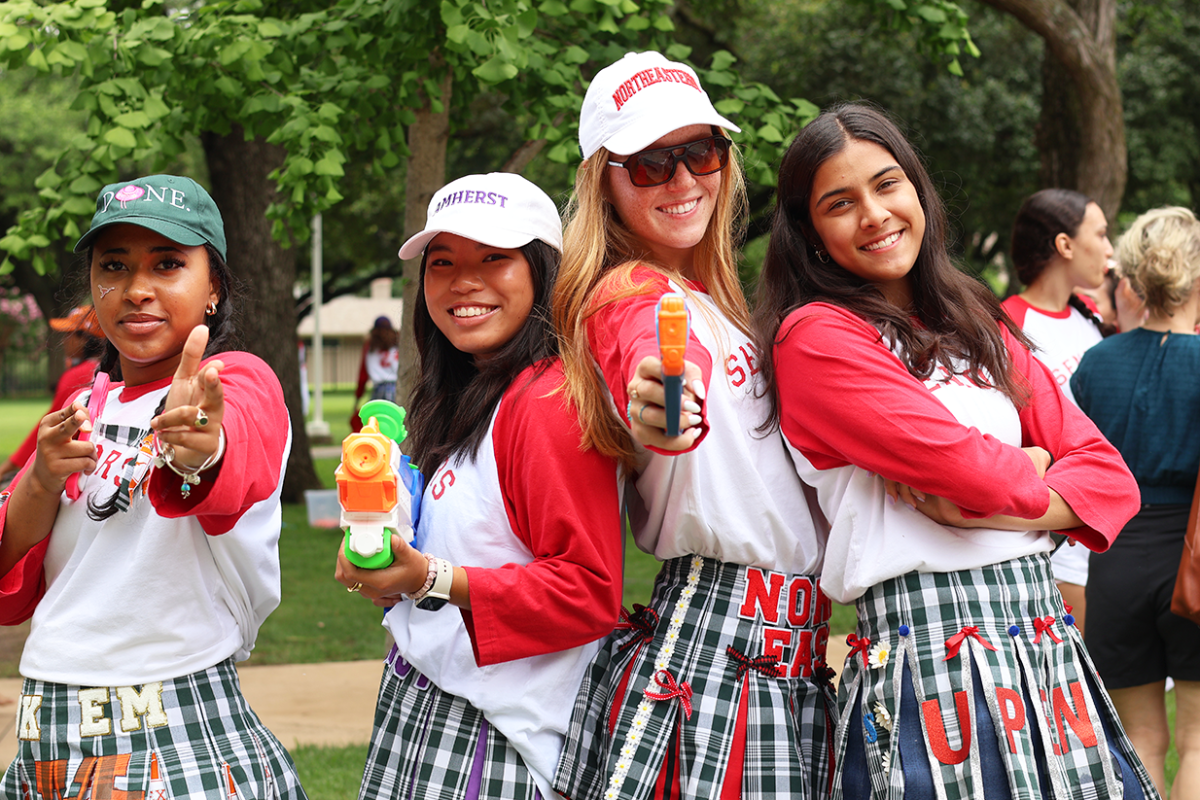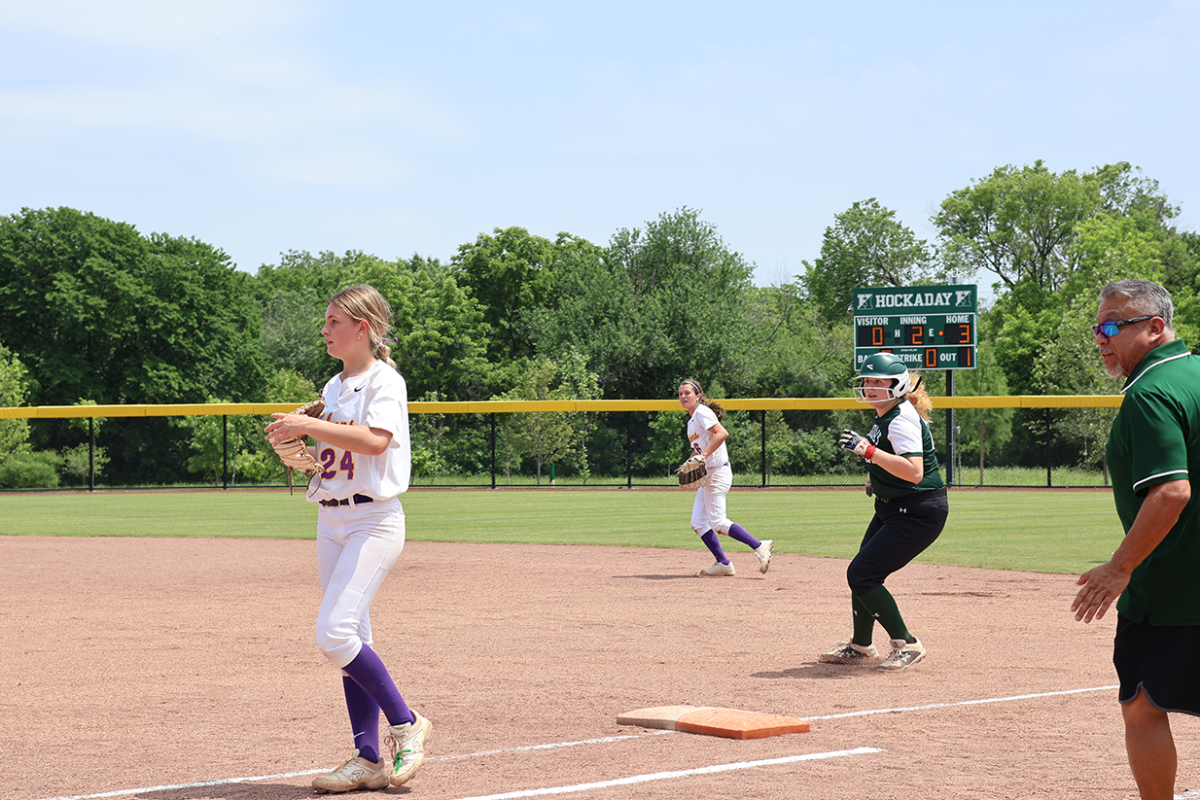“How many scientists or mathematicians can you name?”
I’ve asked this question to several people and received plenty of household names in response: Einstein, Newton, Galileo, Darwin, Hawking, Edison–and the list goes on. I then asked this question again with a slight alteration:
“How many female scientists or mathematicians can you name?”
Most of the people I talked to mentioned Marie Curie, and a few also mentioned Lise Meitner and Rosalind Franklin. In fact, last year an alarming Europe-wide study organized by the Women in Science Research Network revealed that one out of every four people cannot name a single famous female scientist, living or dead. The study also revealed that Marie Curie, the physicist and chemist who was the first to win a Nobel Prize, was by far the most well-known.
There are several reasons that can account for this lack of public awareness on distinguished women in STEM. Women were historically discouraged from pursuing STEM fields, instead being confined to domestic tasks. Also, the women that did pursue scientific fields were often written off by history.
Here are “10 Must-Know Female Scientists and Mathematicians Part 1” (I’ll tell you about five women in this blog post, and in Part 2 I’ll talk about the next five). I understand that there are many more than 10 female scientists/mathematicians worth mentioning, but I hope that these can help represent the contributions of women in STEM as a whole.
1. Hypatia (ca. 350 or 370 – 415 or 416)

Hypatia, a Greek mathematician, astronomer and philosopher, was one of the earliest known female mathematicians. She was the head of the Neoplatonic school in Alexandria and is known primarily for her work on conic sections (dividing cones into different parts by a plane), which eventually developed the ideas of hyperbolas, parabolas and ellipses.
2. Caroline Herschel (1750 – 1848)
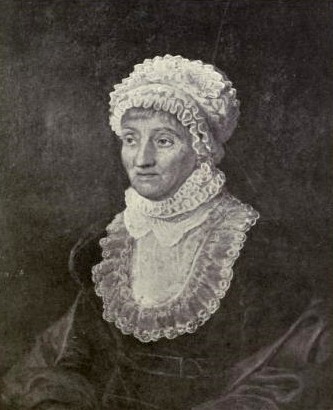
Caroline Herschel was a German-British astronomer who discovered many new nebulae and star clusters. She was the first woman to discover a comet (she discovered eight in total) and to have her work published in the Royal Society. She was also the first British woman to get paid for her scientific work.
3. Ada Lovelace (1815 – 1852)
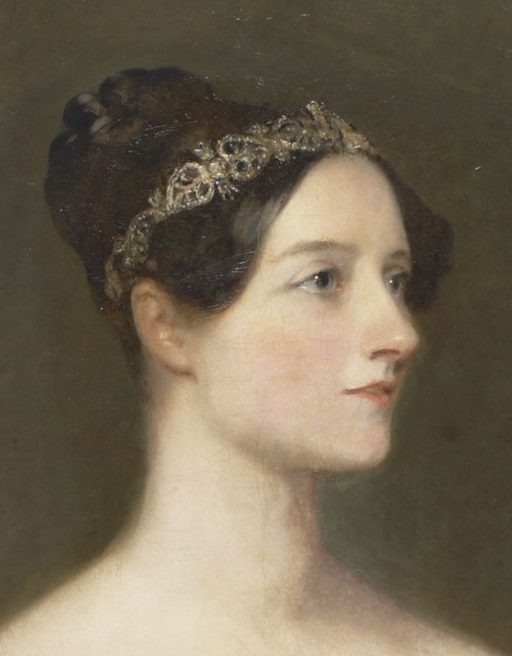
Augusta Ada Byron, later known as Countess of Lovelace, a British mathematician, not only translated an analysis on the Analytical Engine (a machine that could perform simple calculations); she wrote her own set of notes about the machine and included a method for calculating a sequence of Bernoulli numbers. Essentially, she wrote the world’s first computer program.
4. Sofia Kovalevskaya (1850 – 1891)
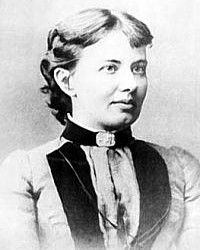
Sofia Kovalevskaya, a Russian mathematician, moved to Germany (because women in Russia were not allowed to attend university at the time) where she eventually received a doctorate for her treatises on partial differential equations, Abelian integrals and Saturn’s rings. She was later appointed lecturer in mathematics at the University of Stockholm, becoming the first woman in that region to be a full professor.
5. Lise Meitner (1878 – 1968)
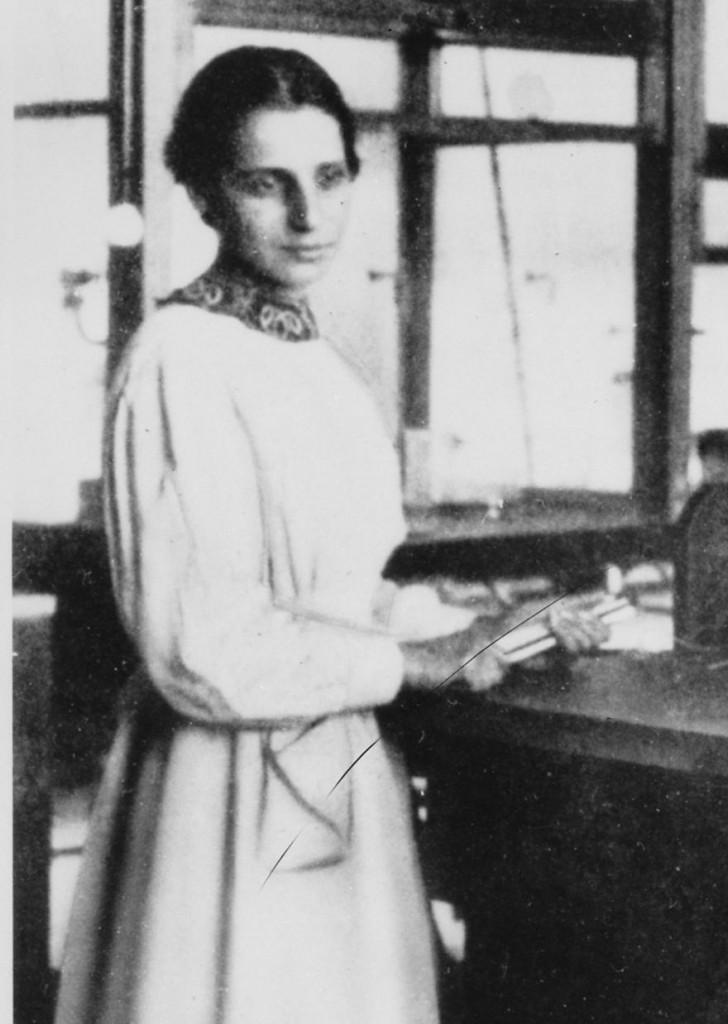
Lise Meitner, an Austrian physicist, was the first to hypothesize the process of nuclear fission. Additionally, she observed that no element larger than uranium could exist naturally and that nuclear fission could potentially be harnessed to generate great amounts of energy. Although the men she worked with went on to receive a Nobel Prize for their “discovery,” element 119 is named after her.





